I want to something similar to How to add a second x-axis in matplotlib, i.e. have a top x-axis that displays a wavelength and a bottom axis that displays the corresponding frequency.
Reproducing linked example gives me a plot that looks like this:

This plot was produced with:
#setting up the plot
import numpy as np
import matplotlib.pyplot as plt
import seaborn as sns
import matplotlib.gridspec as gridspec
fig = plt.figure()
fig.tight_layout()
ax = plt.subplot()
#Here it gets interesting!
def tick_function(X):
c = 299792458
V = c/X
V = V*1e6
V = np.round(V,0)
V[2] = 3000
V = V.astype(int)
return(V)
ax = plt.subplot()
ax_top = ax.twiny()
ax.set_xscale("log", nonposx='clip')
ax.set_yscale("log", nonposy='clip')
ax_top.set_xscale("log", nonposx='clip')
ax.set_xlim([8e10,5e14])
ax.set_ylim([5e33,2e36])
axTicks = ax.get_xticks()
ax_top_Ticks = axTicks
ax_top.set_xticks(ax_top_Ticks)
ax_top.set_xlim(ax.get_xlim())
ax_top.set_xbound(ax.get_xbound())
ax_top.set_xticklabels(tick_function(ax_top_Ticks))
Now, rather than plotting the top major x-ticks at the position of the bottom major x-axis, I'd like to have them shifted. I.e., I would like to have the top major x-ticks at positions 1000, 100, 10, 1 and the minor ticks shifted accordingly.
This is what I'd like it too look like:
I found this plot, that's what I want! http://inspirehep.net/record/877424/files/fig2.png Note, since lambda=c/f and ax & ax_top are logarithmic the spacing of the minor ticks has to be inverted to!


